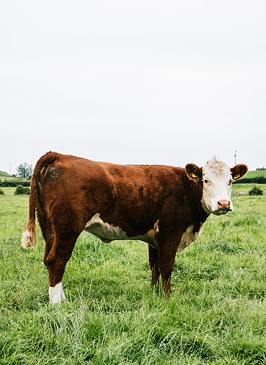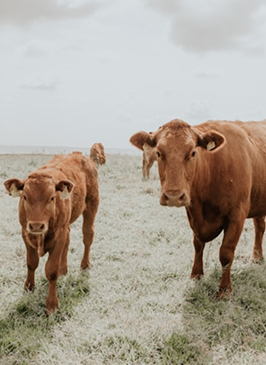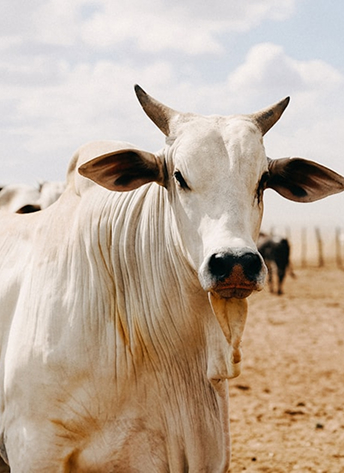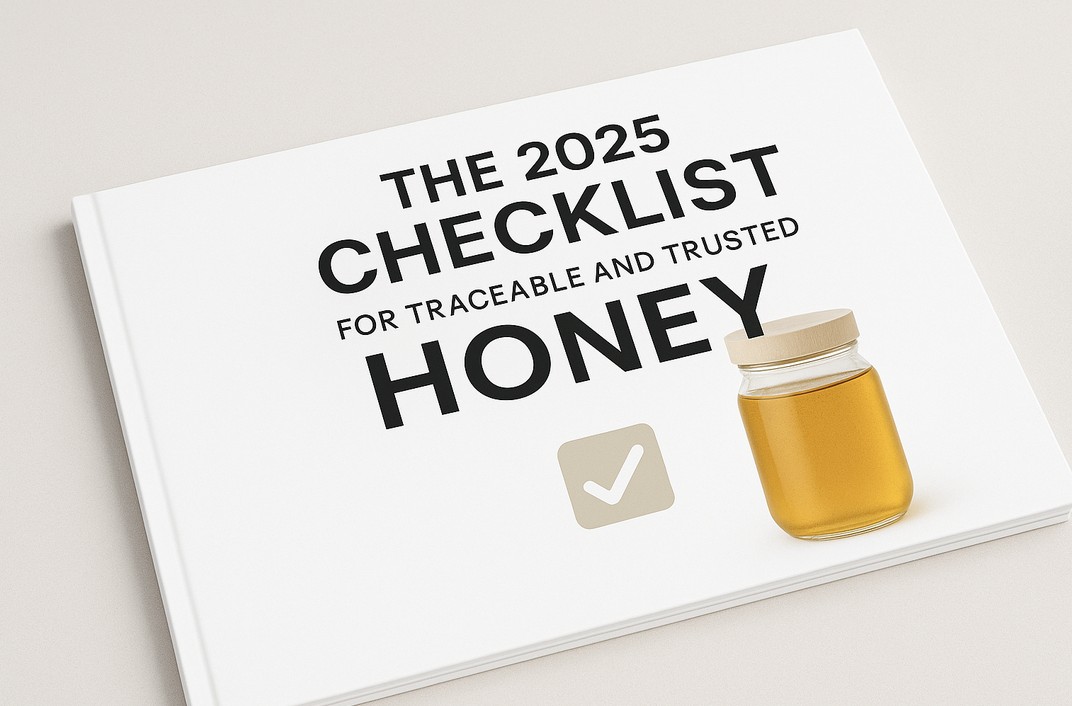A Closer Look
Cattle Overview




Cattle
Behind the Label: What Cattle Really Tells Us
Beef is one of the most consumed and traded animal proteins in the world — and one of the most scrutinized. The cattle industry spans over 1.5 billion head globally, generating billions in trade each year (FAO, 2023). But with growing concern over deforestation, methane emissions, and illegal land use, the pressure to prove cattle origin and practices has never been higher.
The Problem: Deforestation, Illegality, and Compliance Risk
In major beef-exporting countries like Brazil and Argentina, cattle production is a leading driver of deforestation, particularly in sensitive biomes like the Amazon and Cerrado. A 2021 report by INPE (Brazil’s National Institute for Space Research) found that over 60% of deforested land in the Amazon was later used for pasture (INPE, 2021).
To address this, the EU Deforestation Regulation (EUDR) now requires full traceability of cattle back to the farm — with verifiable proof that the animal was not raised on land deforested after December 2020.
However, cattle can pass through many locations during their lifespan (breeding farms, fattening ranches, feedlots, slaughterhouses), making it difficult to establish a clear, traceable origin.

The Cost: Market Loss and Compliance
Without traceability, even legitimate producers risk being excluded from export markets. European importers, especially in the food and leather sectors, are under pressure to prove deforestation-free sourcing.
Brands relying on beef for food, fashion, or manufacturing face:
Reputational risk from media and NGO reports
Ineligibility for EU trade without documentation
For cattle producers and exporters, the absence of a simple traceability system can mean being grouped with non-compliant actors — and losing access to premium buyers.

The Opportunity: Traceability as a License to Trade
With the right tools, cattle can be traced across their life cycle. This allows:
Verification of farm location and land-use compliance
Transparent records of movement, fattening, and slaughter
Proof of compliance with EUDR and other import standards
This isn’t just about checking boxes — it’s about unlocking trust, retaining market access, and building a future-proof industry.
As Carlos Nobre, Brazilian climate scientist, said: “Transparency in cattle ranching is essential to balancing economic growth with environmental protection.”

What We’re Doing About It
Palmyra is working with livestock cooperatives, exporters, and inspection bodies to implement traceability systems that:
Log GPS-verified farm data and movement history
Ensure deforestation-free sourcing from birth to slaughter
Automate documentation required by EUDR and other trade partners
These tools allow producers and buyers to work together with confidence — while building supply chains that respect both people and planet.
“Before, we had to explain. Now we can show. Buyers trust the data, not just our word.”
— Renata Carvalho, Livestock producer, Mato Grosso

Traceability Isn’t About Tech — It’s About Accountability
When cattle can be traced, the entire supply chain becomes cleaner, safer, and more resilient.
[Download our free guide: The 2025 Checklist for Traceable and Trusted Cattle →]
The 2025 Checklist for Traceable and Trusted Cattle


Theodore Morisis
Director of Business Development Palmyra®
From Olive Groves to Blockchain:
Greek Olive Oil Tokenization

Main Regions
Brazil
Mato Grosso do Sul, Brazil
Mato Grosso, Brazil
Focus Areas
Traceability
Tokenization
Solutions
Palmyra Pro
Palmyra App
MOUs Signed
Municipality of Rhodes
Municipality of Messini